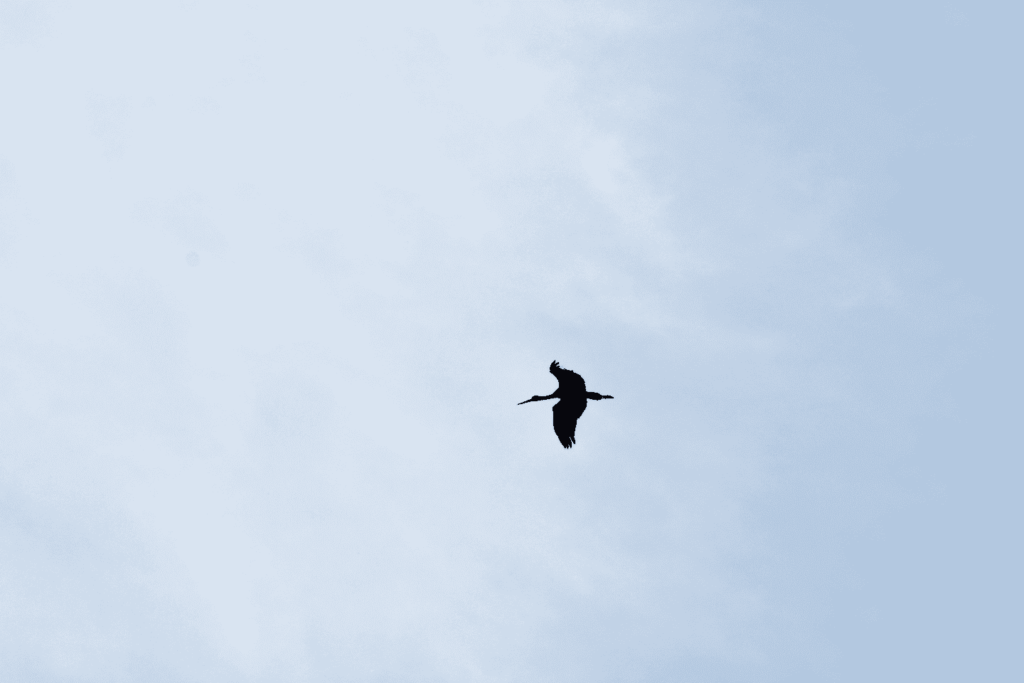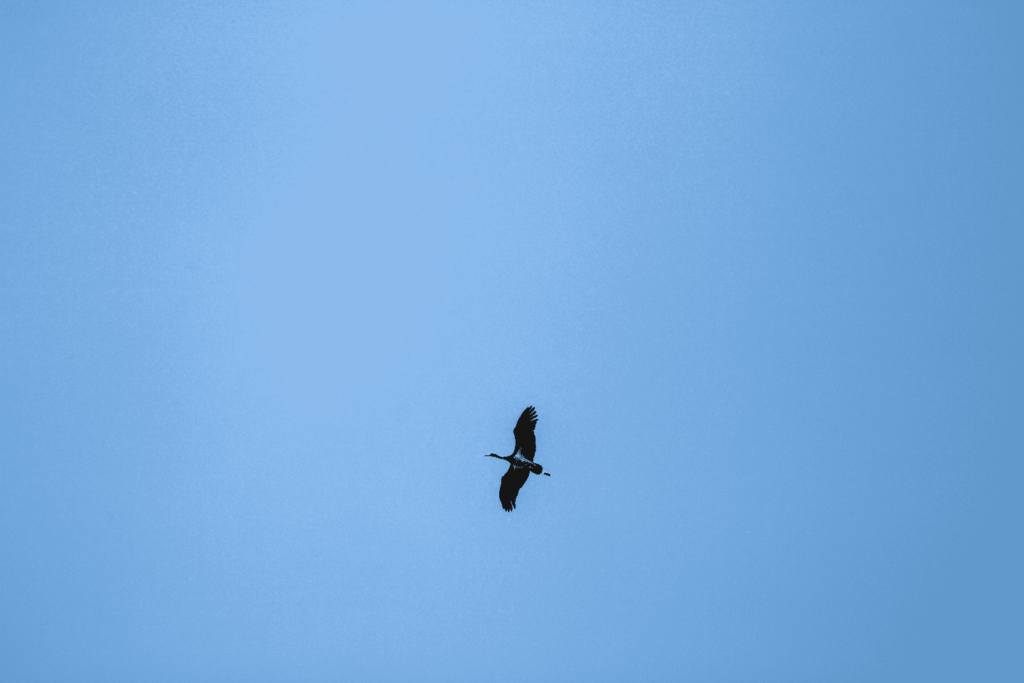Majestic Migration: Exploring the Wonders of the Black Stork (Ciconia nigra)
The Black Stork is famous for its impressive long-distance migration. These magnificent birds, originating from various parts of Europe, including Scandinavia, embark on an extraordinary journey to sub-Saharan Africa when winter sets in. Demonstrating remarkable endurance and navigational skills, they cover a distance ranging from 5,000 to 10,000 kilometers in each direction.
During their migration, Black Storks meticulously adhere to distinct flyways, carefully charting their course. The journey is primarily dominated by two routes: the Eastern Flyway and the Western Flyway. The Eastern Flyway encompasses vast areas of Eastern Europe and Asia, while the Western Flyway stretches across Western Europe and the Iberian Peninsula. The migration of Black Storks occurs during the autumn and spring seasons. In late summer or early autumn, typically between August and October, they embark on their southward migration from Europe to Africa. The return migration takes place during late winter or early spring, usually between February and April. The precise timing ensures they align with favorable weather conditions and the availability of food resources at their destinations.
With a wingspan ranging from 1.5 to 1.7 meters, Black Storks have evolved efficient strategies for covering vast distances. During migration, they rely on soaring flight, utilizing rising thermals and air currents. This technique allows them to conserve energy by minimizing flapping flight, enabling them to undertake their arduous journey with remarkable efficiency and grace.While the Black Stork’s migration is a testament to nature’s wonders, it is not without challenges. These magnificent birds face multiple threats along their journey. Habitat loss and degradation, collisions with power lines and wind turbines, illegal hunting, and adverse weather conditions pose significant risks. Preserving their migration routes and protecting critical stopover sites are essential for their long-term survival.



